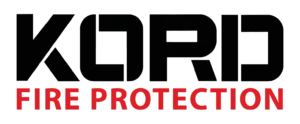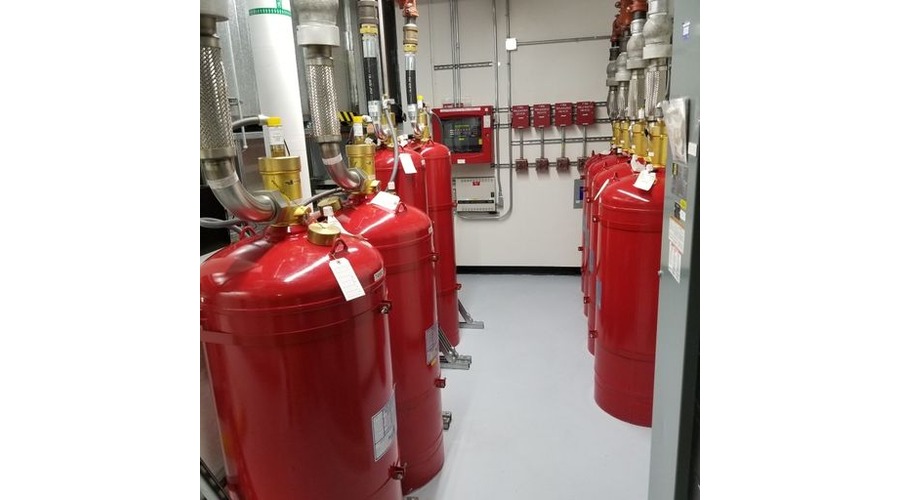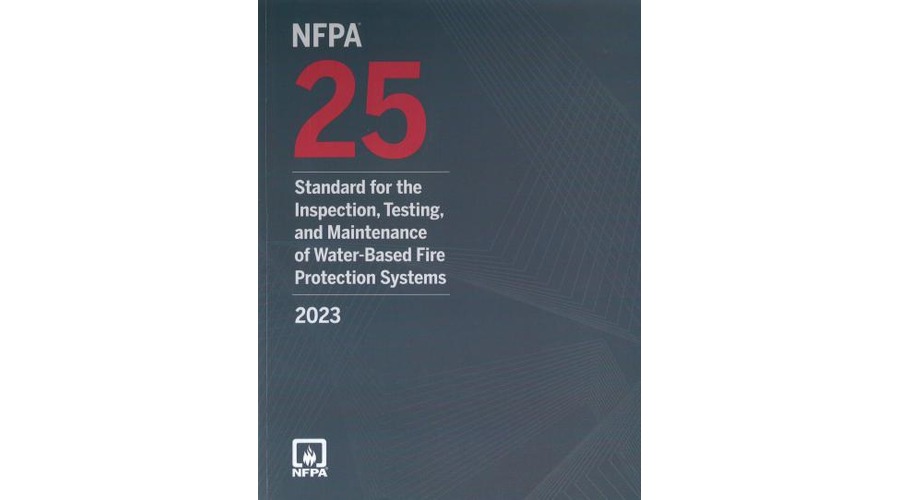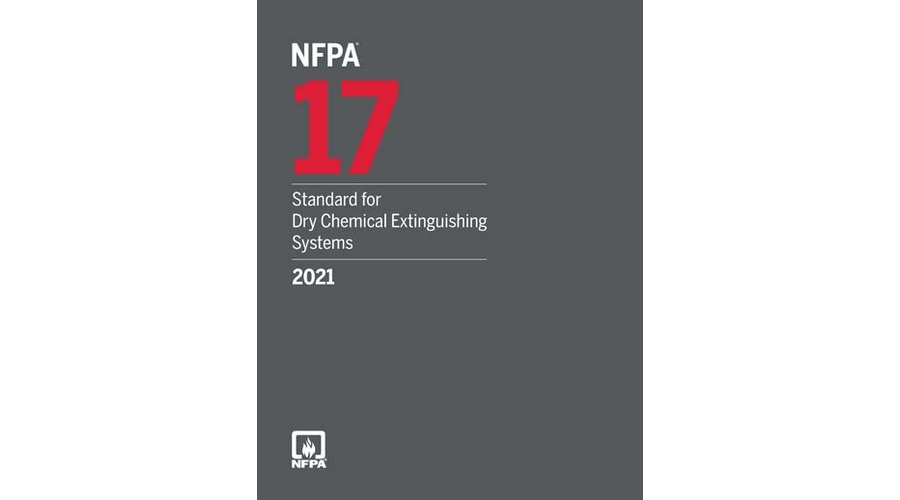

The FM-200 Phase-Out Explained and How It Impacts Your Fire Suppression System
Introduction
The fire-suppression agent known as HFC‑227ea (commonly branded as FM‑200) has been a mainstay for protecting high-value, high-technology facilities for decades. As the landscape of environmental regulation shifts, however, many facility managers, engineers and fire-protection professionals are asking: Is FM-200 being phased out? What does that mean for my existing system or planned installations?
In this article we’ll go through the background of FM-200, the reason behind the FM-200 phase-out(sometimes referred to as phase-down) in many jurisdictions, the impact on existing systems, and the best retrofit or replacement alternatives. We’ll also provide a regulatory-compliance checklist and steps you should consider now.
Background on FM-200 (HFC-227ea)
FM-200 is the trade name for HFC-227ea, a clean agent fire suppression gas. It was introduced as a successor to halon-based agents (which were phased out for ozone-depletion concerns) and found widespread use in data-centers, telecommunications rooms, museums, archives, and other critical facilities.
Key characteristics:
- It is stored as a liquefied compressed gas and discharges as a non-conductive, residue-free vapor – ideal for protecting electronics and high-value equipment.
- It works by interrupting the chemical chain reaction of fire, rather than by oxygen displacement, making it suitable for occupied spaces.
- However, its environmental credentials are more problematic: HFC-227ea has a high global-warming potential (GWP) and relatively long atmospheric lifetime.
Given these traits, FM-200 became a standard for “clean-agent” fire suppression. But as environmental regulatory regimes tightened around HFCs (hydrofluorocarbons), its future-viability came into question.
Why the Phase-Out / Phase-Down?
Although some articles refer to a “phase-out”, in many jurisdictions the policy is actually a phase-down of HFCs that includes FM-200. But for many practitioners the practical effect is akin to a phase-out: diminishing availability, rising cost, increasing regulatory risk.
Regulatory drivers
- The American Innovation and Manufacturing (AIM) Act in the U.S. empowers the Environmental Protection Agency (EPA) to impose production/consumption limits on HFCs. The rule requires U.S. HFC output to drop to roughly 15 % of baseline by 2036.
- For example, a U.S. Coast Guard Marine Safety Information Bulletin (MSIB 06-22) explicitly tells vessel operators that FM-200 is being phased down in production, warning of supply constraints.
- In Australia, the phase-down schedule anticipates an 85 % reduction of HFC imports by 2037.
- In the EU and elsewhere the regulatory frameworks (e.g., the Kigali Amendment to the Montreal Protocol) target high-GWP gases for eventual elimination or severe limitation.
Impact on FM-200
- Because FM-200 is an HFC with high GWP, its production and consumption are targeted.
- As supply diminishes (or at least becomes more expensive to manufacture/import), the cost to recharge FM-200 systems increases significantly.
- While the law may not yet mandate compulsory removal of existing FM-200 systems, the economic and regulatory risks are increasing.
Terminology nuance: phase-down vs phase-out
It’s important to clarify this difference:
- A “phase-down” means gradually reducing manufacture/consumption while allowing existing systems to remain in service (via recycled agent, reclaimed supply).
- A “phase-out” means banning new installations or eventually mandating replacement of existing systems. Some jurisdictions are moving toward this.
In practice, the effect is many system owners are treating FM-200 as “effectively obsolete” for new installations or significant expansions.
Impact on Existing Systems
If your facility uses an FM-200 system (HFC-227ea) or is planning one, here are the key considerations:
For existing installations
- Your existing FM-200 system can generally remain in service provided it is maintained, inspected, and discharged/rewrapped appropriately. Many sources confirm no immediate requirement to remove functioning systems.
- However, if the system discharges, recharge options may become limited or very expensive due to reduced supply of virgin agent, driving reliance on reclaimed/recycled agent.
- Maintenance should be planned proactively: for example cylinders requiring hydrostatic testing or replacements should be scheduled well in advance to ensure availability of agent and components.
For new installations or expansions
- Installing new FM-200 systems today carries increasing risk: cost of agent is higher, supply uncertain, regulatory risk elevated. Many authorities and vendors recommend using alternatives.
- Retrofitting existing systems (changing from FM-200 to another agent) may involve engineering review: different agents have different discharge concentrations, cylinder volumes, storage locations, piping and venting requirements.
Financial/operational implications
- The cost of virgin FM-200 has reportedly increased dramatically (some sources show 500 %+ increases) because of the diminishing supply of HFCs.
- You should evaluate “total cost of ownership” of your suppression system – including future agent cost, spare availability, regulatory compliance and retrofit risk.
- Even if you don’t replace the system now, you should include the possibility of full replacement or major retrofit in your capital-expenditure plan.
Alternatives & Retrofit Strategies
Given the climate around FM-200 phase-down, it’s wise to evaluate and plan alternatives. Below are the main options and considerations.
Common alternative agents
- Novec 1230 (chemistry: FK-5-1-12): very low GWP (≈ 1), very short atmospheric lifetime, safe for occupied spaces, residue-free.
- Inert-gas systems: e.g., IG-55, IG-541, Argonite, etc. These use blends of nitrogen/argon (and sometimes CO₂), have zero ozone depletion, very low GWP, but typically require larger storage volumes.
- Other clean agents & water-mist/carbon-dioxide/focused systems depending on hazard.
Comparing FM-200 vs Novec 1230
Here’s a summary of key differences:
| Parameter | FM-200 (HFC-227ea) | Novec 1230 (FK-5-1-12) |
|---|---|---|
| GWP | ~3,000-3,600+ depending on source. | ~1 (very low) |
| Atmospheric lifetime | Long (~30-36 years) | Very short (~5 days) |
| Storage/volume | Typically less agent by weight needed vs inert gas | Slightly more agent/space required than FM-200 for same hazard in some cases |
| Regulatory risk | High (due to high GWP, targeted in HFC phase-down) | Lower, but still subject to evolving regulation (e.g., PFAS concerns) |
Retrofit considerations
- When converting from FM-200 to a new agent: you must conduct hydraulic/flow calculations, check cylinder size/placement, check venting requirements, check design concentration for new agent, verify occupancy safety, and update documentation.
- Check compatibility: piping networks originally designed for FM-200 may need modifications (for example, different discharge pressures, different cylinder count, different agent density) — this could increase cost.
- Engage a reputable fire-protection engineering firm to evaluate the “equivalent level of protection” for your space, under the standard NFPA 2001 (Standard on Clean Agent Fire Extinguishing Systems).
- Consider future-proofing: select agents or systems with lower environmental impact and stronger regulatory longevity.
- Budget ahead: For many facilities, it may make sense to plan for conversion at the next major system refresh or major hazard change rather than wait for a discharge to force replacement.
Compliance & Regulatory Checklist
As a facility manager, engineer or fire-protection professional, you should walk through the following checklist to ensure your FM-200 system remains compliant and aligned with best practice:
- Document your system: Know the agent type (FM-200/HFC-227ea), cylinder count, installed date, design hazard, whether the system is “total-flooding” or local application.
- Review inspection and maintenance records: ensure that the system is maintained, cylinders are hydrostatically tested when required, no agent leaks, no changed hazard conditions.
- Assess discharge risk: what would happen if the system discharges today? Is there adequate agent supply for recharge? Are refills available? What is the cost impact?
- Monitor agent supply & pricing: talk to your service provider about the availability of FM-200/HFC-227ea and reclaimed agent, and future cost/trend estimates.
- Determine retrofit horizon: Even if your system is sound, plan for a retrofit or replacement at an appropriate time, factoring in budget, hazard changes, regulatory trends and code updates.
- Evaluate alternatives: Conduct a comparative assessment of new agents (Novec 1230, Inert Gas) or other suppression technologies (water-mist) for your specific hazard and occupancy.
- Check local/regional regulatory mandates: Some jurisdictions may impose bans on new installations of HFC-based agents, or restrict additions/expansions of FM-200 systems. E.g., EU regulations propose new bans on HFC-227ea for new installations by as early as 2026.
- Update fire-protection documentation and hazard analysis: If you convert agents you’ll need to revise your hazard analysis, system drawings, building permit/approval documentation, integration with building fire-alarm/notification systems, and training for staff.
- Communicate with stakeholders: including building owners, insurers, fire-protection service contractors, AHJs (Authorities Having Jurisdiction). Insurers may consider age/agent type in underwriting decisions.
Why You Should Act Now
Some of the reasons to take proactive steps rather than waiting:
- If you wait until a discharge forces you to replace an FM-200 system, you may face higher cost (agent scarcity, premium pricing on replacement systems).
- You may face operational risk: if agent cannot be obtained promptly, your facility could be under-protected or be deemed non-compliant by an inspector.
- Insurance risk: insurers increasingly evaluate the sustainability and environmental risk of suppression systems; staying with a high-GWP agent may become a liability.
- Regulatory/ESG risk: as more regulations come into force, and as sustainability becomes a part of corporate governance, having a legacy HFC system could hurt from an ESG (environmental, social, governance) perspective.
- Competitive advantage: transitioning early may enable smoother budget planning, less disruption, and alignment with emerging codes and standards.
- Technical fit: if you are already planning changes (data-center expansion, switch-gear room remodel, hazardous storage addition), consider converting at the same time to avoid two major projects.
Conclusion & Next Steps
The era of FM-200 (HFC-227ea) as a “safe bet” suppression agent is drawing to a close. While many existing systems can remain in service for the foreseeable future, the regulatory, cost and sustainability signals make it clear: Active planning is required.
Immediate next steps:
- Conduct an inventory of your FM-200 systems and their condition.
- Engage a qualified fire-protection engineer to assess risk, agent availability, retrofit cost and alternative-agent options.
- Build a roadmap for replacement/retrofit — include budget, timeline, stakeholder communication, and integration with maintenance cycles.
- Monitor regulatory changes in your jurisdiction — especially around HFC phase-downs, local AHJ rules, insurer requirements.
- Include the suppression-system upgrade in your facility’s capital plan — ideally before agent supply becomes constrained or costs spike further.
By being proactive you can preserve fire protection, align with sustainability goals, and avoid expensive reactive replacements. The “phase-out” of FM-200 may not require immediate action in every case, but for many facilities the writing is now on the wall.
FAQS
Get Top-Rated Fire Safety Solutions!
Kord Fire Protection is your go-to when it comes to all things fire protection. For over 20 years, we’ve been serving Southern California with the quality service and equipment to keep your home or business safe at all times. Our competitive prices reflect our unwavering commitment to protecting what matters most in the event of a fire emergency. Give us a call, send an email, or use that form!




